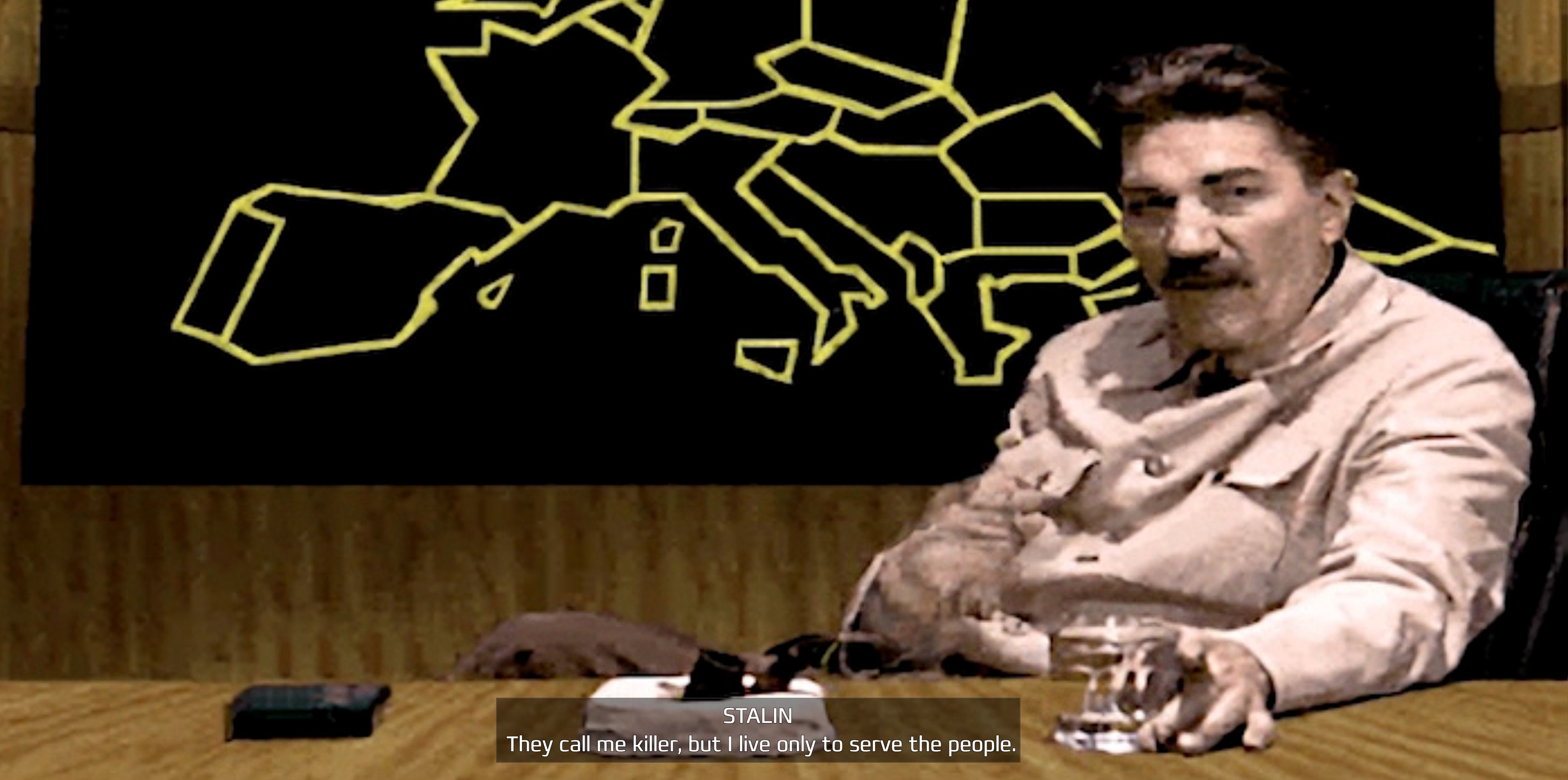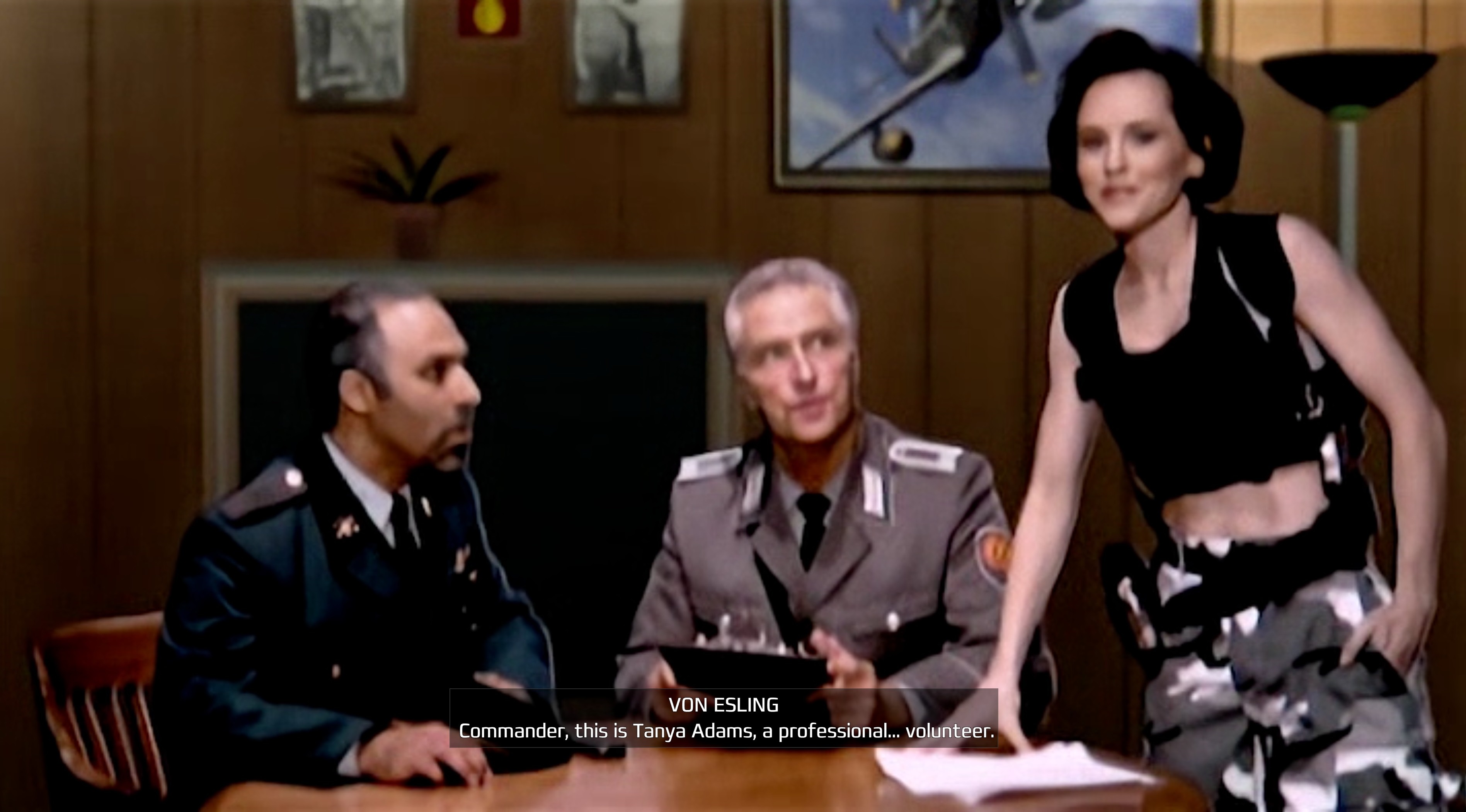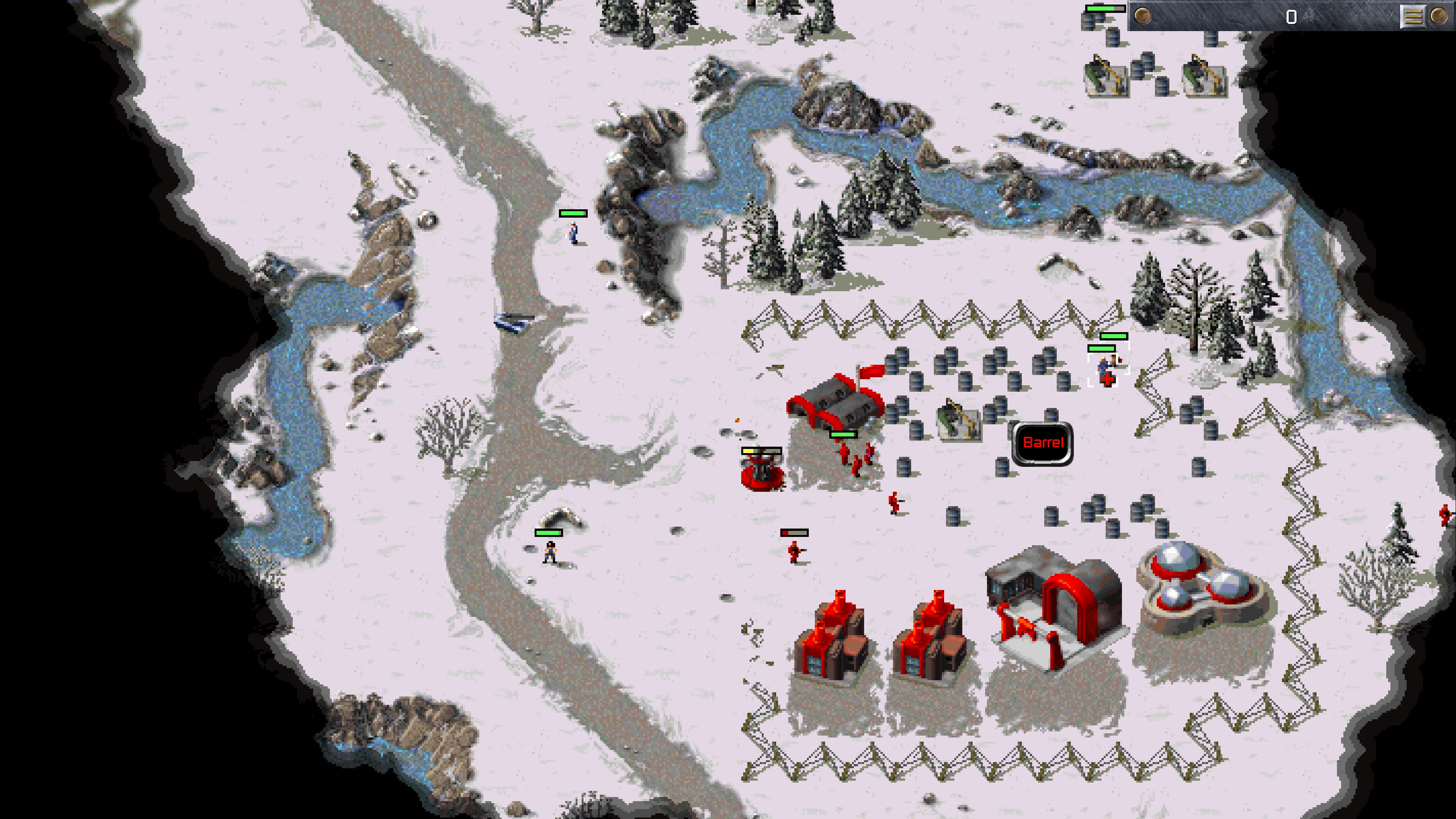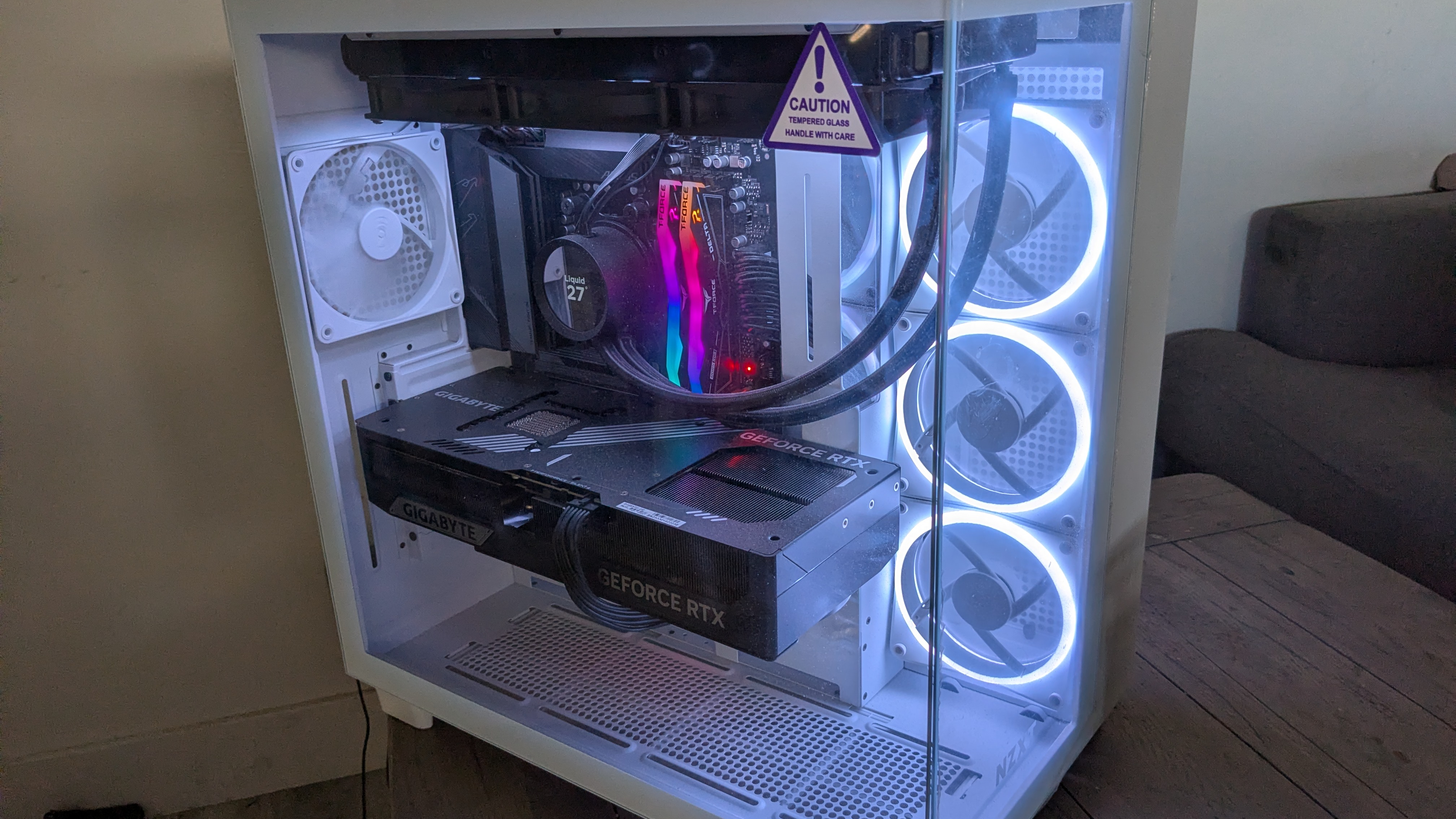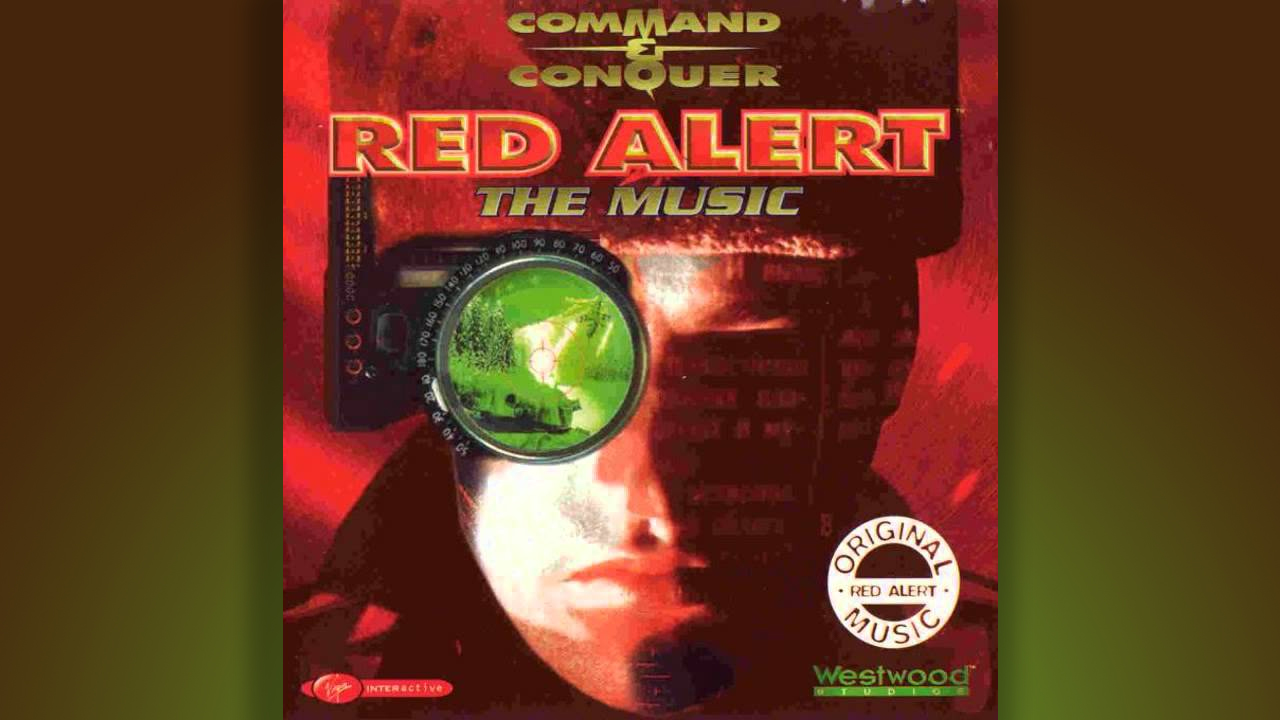
For more of Command & Conquer's past, and a look back at the whole strategy genre, check out our beefy history of the strategy game, from 1972 to now.
Released in November 1996, Command and Conquer: Red Alert was developed in just 14 months. That's a staggeringly short turnaround for a game. Even accounting for the shorter development cycles of the mid-nineties—two years compared to today's four—it's still far less than the average for a major title of the era.
Red Alert was created in a pressure cooker, a lightning-fast response to the success of Command and Conquer, by a studio determined to capitalise on the zeitgeist it had created. It's a project that could easily have gone awry, resulting in a game that felt rushed or incomplete. Instead, the result was an RTS that's so immediate and so intense that it still hits like a SCUD missile 25 years on.
Naturally, it helps that the foundations of Red Alert were already laid at the outset of its production. The game relies heavily on the RTS framework Westwood established with Dune 2 and mastered in Command & Conquer, that effervescent mix of resource-gathering, base-building and fast-paced battles. Red Alert adopts C&C's skeleton wholesale, including the interstitial cutscenes and the open-ended campaign structure that often lets you choose from a selection of missions. But upon this skeleton, Red Alert builds an experience that's more frenetic and more imaginative, as well as being shamelessly ridiculous.
Red Alert's thematic choices are endlessly fascinating. After the success of Command and Conquer, Westwood could easily have made a straightforward sequel, one that continued that story of GDI versus Nod. But this wouldn't happen until 1999's Tiberian Sun. Instead, Red Alert segues dramatically into an absurd alternate history, one where World War II never happened because Albert Einstein travelled back in time and erased Adolf Hitler from existence before the war broke out. But in the absence of the Third Reich, the power of the Soviet Union grows unchecked, spreading through both Asia and Europe, while a ramshackle group of European Allies struggles to hold back the tide.
It is a gloriously silly premise and one that says a lot about the mindset of Westwood Studios the time. The original C&C, while not exactly a po-faced game, was more grounded in political realities. The design of the GDI was heavily inspired by the U.S Military circa Operation Desert Storm, while the Brotherhood of Nod was an embodiment of mid-nineties anxieties surrounding terrorist organisations.
Red Alert's conflict is based upon one that had already been resolved, albeit only recently. The Soviet Union had collapsed only five years before, and both Cold War tensions and their end would have been fresh in the minds of the development team. What better way for Westwood, riding high on the success of their military RTS, to celebrate than with a game that lets you kick Stalin right in the moustache?
And Red Alert really does begin with a kick. Whether you execute a daring Allied mission to rescue Einstein from Soviet clutches, or embark on a shocking and bloody purge of an Eastern European village as Stalin's most ruthless general, the opening missions of Red Alert are bold and immediate, grabbing a hunk of your shirt and yanking you into the action. Even Relic's Company of Heroes, the RTS most known for its cinematic flair, doesn't begin as explosively as Red Alert.
Keep up to date with the most important stories and the best deals, as picked by the PC Gamer team.
Red Alert's missions are explosive in a literal sense too, due to the large number of highly combustible barrels littering environments. Initially it's odd to see this staple of the FPS appear so readily in a strategy game, but they fit perfectly within Red Alert's fast-paced and dynamic scenarios. Those nondescript grey squares are often positioned so that explosions spread around the map, destroying enemy units and structures in spectacular, cascading infernos.
The pace of Red Alert, combined with its fondness for explosives, often makes it feel more like a top-down action game than an RTS. This is particularly the case in smaller-scale scenarios, such as an early Allied mission where one-woman-army Tanya Adams joins up with a handful of units to destroy a network of bridges and halt the Soviet advance. This isn't to say they are mindless affairs; you've still got to navigate the map carefully to ensure Tanya doesn't get mauled by Soviet attack dogs or squashed by a tank. But the way these scenarios see you rip through units and structures is almost arcade-like.
It's a spectacular experience, which seems odd to say about a game that is visually so antiquated (unless you're playing the remaster, of course). But the quality of Red Alert's design shines through in lots of surprising ways. For example, as a strategy game, Red Alert is more even-handed than people tend to remember. It's generally accepted that the Soviet roster is the more colourful and fun of the two factions, but while that may be true of later Red Alert games, the factions of the original are well balanced. Yes, the Soviets get the tesla coil and the attack dogs and loads of airborne units, but the Allies have units like the spy, who can scope out enemy bases undetected, and the thief, who can steal ore from enemy silos.
What's more remarkable about Red Alert, however, is how the game generates such variety from a handful of ingredients. Each side only has a few units and buildings, but every mission is creatively structured and carefully crafted to spin the game's simple base-building and simpler combat in different ways. In one mission, you first must guide a spy through Soviet patrols to release Tanya from a prison, before directing a vanguard of infantry and engineers to capture a small Soviet base, which you then use to destroy a much larger base. On the Soviet side, there's a mission that sees you controlling a small team of infantry attempting to reclaim a Soviet nuclear reactor commandeered by the Allies. The mission kicks off like an action movie, with your team being chased down by Allied forces before a huge explosion rips through the facility.
Returning to Red Alert after 25 years, I honestly wasn't expecting it to hold up. I thought I'd find its visuals intolerable and its mechanics simplistic, that I'd become frustrated by laboriously ordering around clusters of units and having to pick off every enemy on the map. But I was completely wrong. Red Alert is shockingly good, a truly thrilling RTS from a studio at the height of its creative power, one that can still rival modern strategy games for its pacing, imagination and sheer sense of fun.
Rick has been fascinated by PC gaming since he was seven years old, when he used to sneak into his dad's home office for covert sessions of Doom. He grew up on a diet of similarly unsuitable games, with favourites including Quake, Thief, Half-Life and Deus Ex. Between 2013 and 2022, Rick was games editor of Custom PC magazine and associated website bit-tech.net. But he's always kept one foot in freelance games journalism, writing for publications like Edge, Eurogamer, the Guardian and, naturally, PC Gamer. While he'll play anything that can be controlled with a keyboard and mouse, he has a particular passion for first-person shooters and immersive sims.
